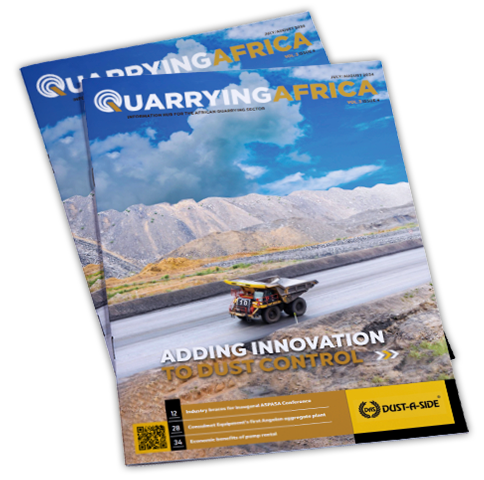Having previously been represented by three fragmented bodies – The Concrete Institute (TCI), Concrete Society of Southern Africa (CSSA) and the Association of Cementitious Materials Producers (ACMP) – the cement and concrete industry decided in 2021 to consolidate the three organisations thereby creating a single voice for the industry.
CCSA is mandated to promote and support the industry, drive growth and deliver shared value through a unified platform for cement and concrete. For the past two years, the association has already delivered on this promise through collaboration, skills development, innovation and the highest standards in sustainable cement and concrete materials and products.
“At a time when many conflicting and ambiguous messages are shared easily on various platforms, coupled with the proliferation of substandard products and services, we saw the need for authoritative engagement with all stakeholders. This led to the unification of the previous three industry bodies into one unified voice for all stakeholders,” says Perrie.
Three divisions
The association has been structured into three divisions – Industry, Technical and Business Development. Led by Dr Dhiraj Rama, the Industry leg deals with environmental issues, particularly in cement production.
Given that the cement industry accounts for about 7% of total global CO2 emissions, CCSA is leading from the front when it comes to driving sustainability in the industry. To comply with climate change commitments in line with South Africa’s Nationally Determined Contribution (NDC) and the Paris agreement, CCSA member companies aspire to net zero emissions by 2050, with milestones informed by decarbonisation along the 1,5-degree trajectory. The key interim milestone will be set at 2030.
The net zero target boundary is based on the Greenhouse Gas (GHG) inventory target as per South Africa’s GHG Technical Reporting Guidelines for the cement sector, in line with the Intergovernmental Panel on Climate Change (IPCC) reporting framework.
“The Industry leg of CCSA deals with our climate response action, underpinned by the ‘just transition’ framework. It also engages government on several issues of importance to our industry, such as Carbon Tax, the Mining Charter and cement imports, amongst others. CCSA is also part of the South African Bureau of Standards (SABS) Committee to ensure that proper standards are in place,” explains Perrie.
Dr Rama provides sound support, direction and leadership to members and also monitors progress at sector level. One of the key areas of focus is the net zero target monitoring, which covers both Scope 1 and Scope 2 emissions of cement companies. With supported technology interventions, as well as improved overall nationally-developed Scope 3 emission monitoring programmes implemented by stakeholders, the GHG inventory will be expanded accordingly.
The Technical division, led by Perrie himself, takes care of training, the information centre (library and publications), consulting and advisory services.
“Over the past two years, we have demonstrated our passion to grow industry expertise and build capacity by developing and offering courses, seminars and training materials. The provision of information, research, advisory and on-site technical consulting services is another service offering that is available to our members,” says Perrie.
The third leg of CCSA, Business Development, looks after the membership of the association and all the events it runs, including the famed Fulton Awards, The Young Concrete Researchers, Engineers and Technologist Symposium (YCRETS) and ConPaveStruc, a national conference on Concrete Roads and Allied Structures, which CCSA will run later this year together with the South African Road Federation, the Council for Scientific and Industrial Research (CSIR) and The South African National Roads Agency (Sanral).
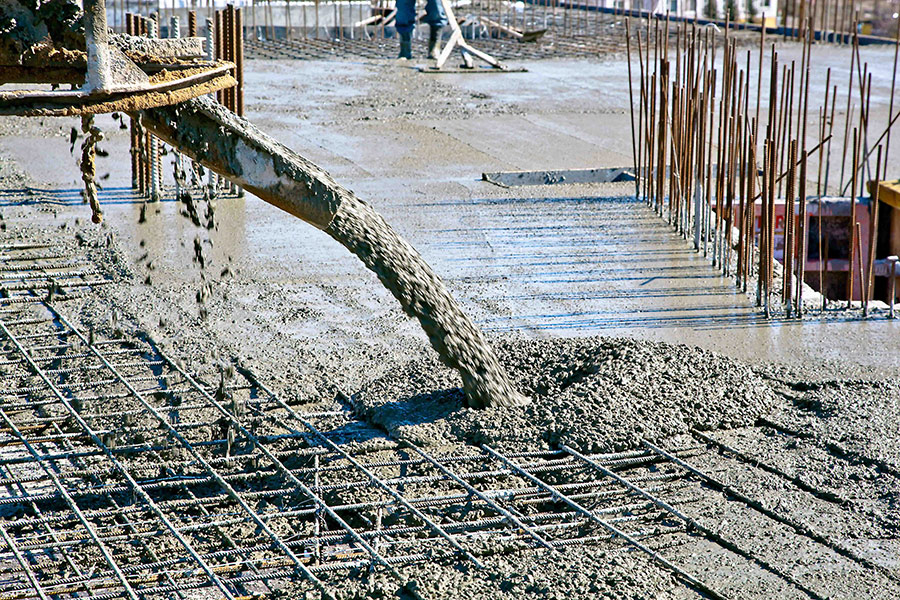
Cement imports
The influx of imported cement in South Africa has over the years been ‘a thorn in the side’ of local cement producers. Imported cement gained a footprint for the first time in the country’s history when local producers operated at close to 100% capacity in the build-up to the 2010 FIFA World Cup.
To provide context, South Africa has an installed capacity of 22-million tonnes per year (tpy). Due to the lack of meaningful infrastructure investment, the industry currently produces in the region of 12-million tpy. Yet, there is about a million tonnes of imports coming into the market annually, mainly in the coastal areas of the country. With the industry already battling with about 10-million tpy of extra capacity, Perrie says there is definitely no need for cement imports in South Africa.
“In 2014, we managed to prove that cement imported from Pakistan was being ‘dumped’ in South Africa; in other words, it was being sold at a cheaper price than in its country of origin,” explains Perrie. “We successfully applied for anti-dumping tariffs on Pakistani cement, which were valid for five years. In 2020, we successfully reapplied, and the tariffs were once again granted for another five years.”
The problem with anti-dumping tariffs is that they are country-specific, and are dealt with on a case by case (country by country) basis. While the imposition of tariffs reduced imports from Pakistan, Vietnam has become the new source in recent years. Apart from international imports, there has of late also been an influx of cement from Mozambique.
“To protect the local cement industry from unfair competition, we are therefore engaging the government on the possibility of implementing a general import tariff. However, this is a difficult measure due to the World Trade Organisation guidelines,” says Perrie.
Apart from tariffs, CCSA has in recent years advocated for cement designation on government projects. After lobbying for several years to protect the local cement industry and local jobs from the threat of ‘cheap’ imports, government finally took what was hailed as decisive action on November 4, 2021, following National Treasury’s announcement that cement had been designated, meaning that the use of imported cement on all government-funded projects was prohibited.
At the time, National Treasury issued a circular to all relevant state departments of the new ruling in terms of the Preferential Procurement Regulations. The designation of cement would apply to all projects entered into by state entities, including national, provincial and local authorities, as well as state-owned enterprises (SOEs).
The designation prescribed that all organs of state must, from November 4, 2021, stipulate in tender invitations that only SA-produced cement, produced with locally-sourced raw materials, would be allowed for use on all public sector construction projects. National Treasury stipulated a 100% threshold for both common and masonry cements.
However, the designation was a short-lived relief for the industry following the Constitutional Court’s declaration in February 2022 that the Preferential Procurement Act was unconstitutional. The basis of the ruling was that it was unconstitutional for national government to dictate to all other spheres of government. Effectively, cement designation became null and void. Fortunately, says Perrie, Sanral, which is effectively the biggest source of infrastructure investment in the country, has designated cement on its projects, which gives some much-needed relief to the industry.
“The biggest problem with cement importers is that they don’t compete on an equal footing with local producers. Although imported cements reaching South Africa may conform to regulatory standards, South African cement producers have many other compliance issues to deal with, including the Mining Charter, transformation targets as well as social and labour plans, none of which importers have to comply with. Compliance, by its very nature, costs money and consequently puts local producers in an unfair position. In addition, local producers are subject to carbon tax, which the importers are also exempt from,” he says.
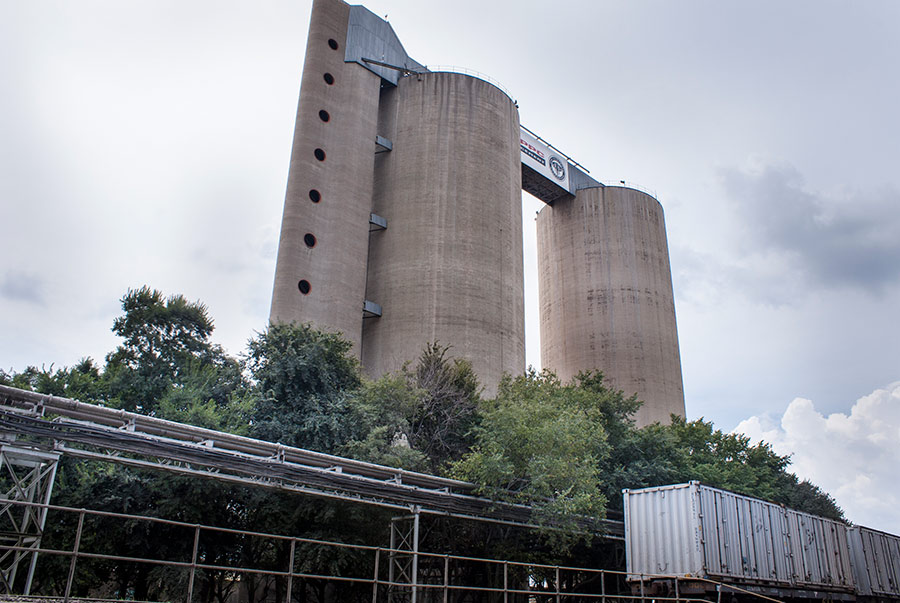
Industry outlook
That the industry is reeling from the current economic slump, which has been exacerbated by the lack of meaningful infrastructure projects, is no overstatement. However, Perrie is encouraged by government’s R903-billion promised public sector infrastructure expenditure in the next three years.
“Government realises that public infrastructure, including water treatment works, roads, and bridges, needs urgent upgrades. If all the planned projects were to be implemented, this would be a shot in the arm for the whole industry and the economy at large,” he says. “I am, however, concerned about government’s track record when it comes to execution.”
On the other hand, Perrie is encouraged by Sanral’s current roll out of meaningful infrastructure projects across the country. The roads authority has issued about R15-billion worth of projects during the last year or so.
Projects of note include the N2 and N3 road upgrades in KwaZulu Natal. Part of the 62 SIPs gazetted as part of the Infrastructure Investment Plan approved by Cabinet in 2020, the N3 national road upgrade alone – which focuses on an 80-km section from Durban to Pietermaritzburg – comprises 14 packages estimated to be in excess of R20-billion.
More encouraging, says Perrie, is the growing appetite for concrete pavements on Sanral projects. “As we work closely with the roads authority, we have seen renewed interest in concrete roads, particularly on the ongoing N2 and N3 road projects in KwaZulu Natal. To provide context, about 1,5-million m³ of concrete will be used on these two projects in the next couple of years,” concludes Perrie.
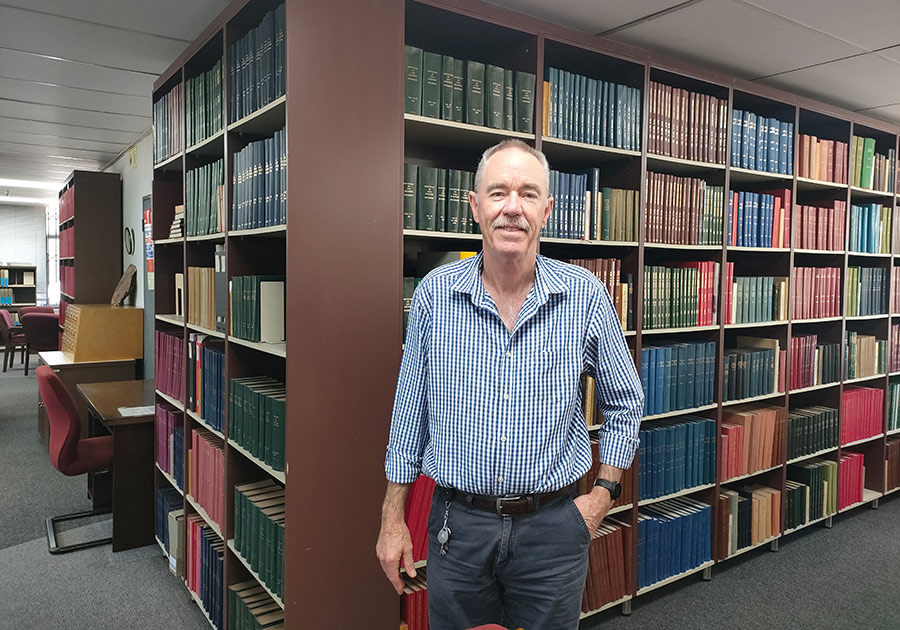
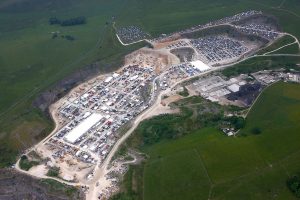
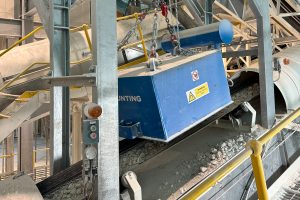


![Data from the World Risk Poll shows that one in five (21%) people in mining and quarrying occupations have experienced harm at work in the past two years. [Photo by Shane McLendon on Unsplash]](https://quarryingafrica.com/wp-content/uploads/2024/10/shane-mclendon-89hUOLtVfoI-unsplash-300x225.jpg)
